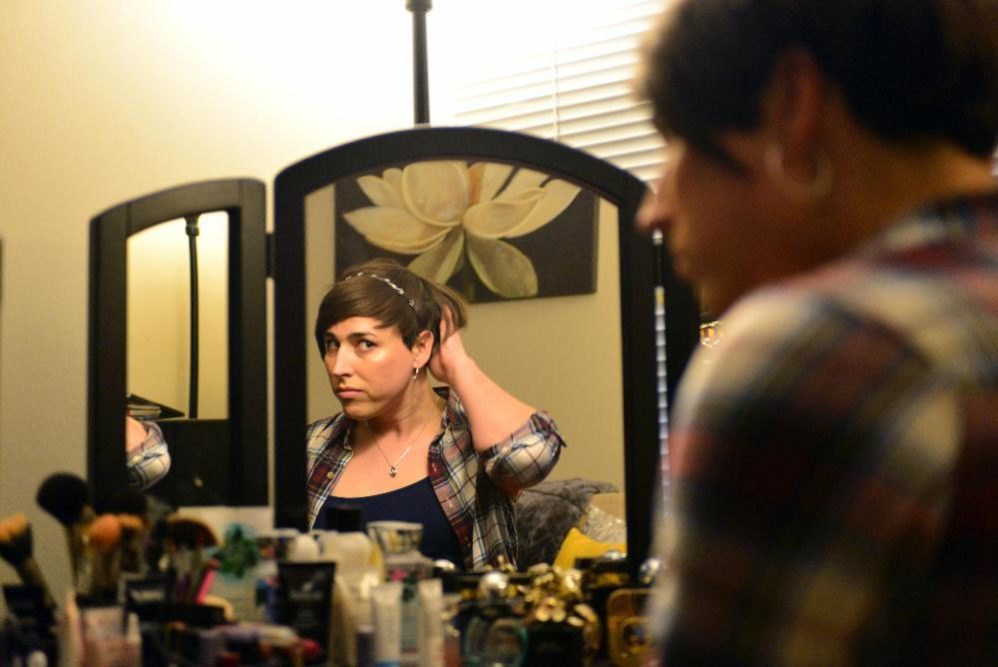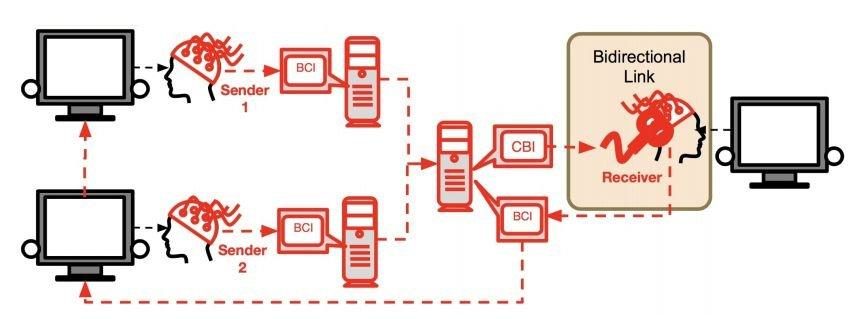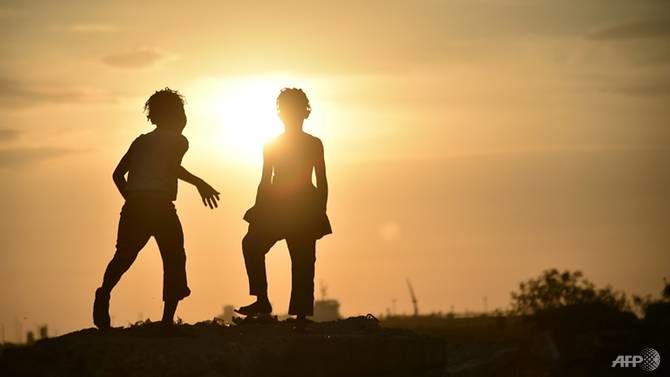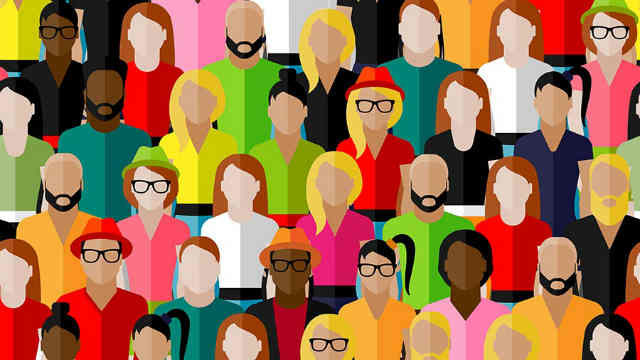The study itself is not actually about "gender dysphoria" as it has previously been defined in the scientific literature. Rather, it is about the newer phenomenon of "rapid-onset gender dysphoria" (ROGD). Prior to about ten years ago, cases of gender dysphoria typically involved a long history of a child rejecting identification with his or her biological sex, going back before puberty.
By contrast, "rapid-onset gender dysphoria" involves a post-pubescent child, usually a girl, with no history of dysphoria suddenly claiming within a period of weeks or months not to identify with her biological sex. Not only is rapid-onset gender dysphoria sudden, but it tends to occur in clusters.
Parents have described clusters of gender dysphoria outbreaks occurring in pre-existing friend groups with multiple or even all members of a friend group becoming gender dysphoric and transgender-identified in a pattern that seems statistically unlikely based on previous research. Parents describe a process of immersion in social media, such as 'binge-watching' Youtube transition videos and excessive use of Tumblr, immediately preceding their child becoming gender dysphoric. These descriptions are atypical for the presentation of gender dysphoria described in the research literature and raise the question of whether social influences may be contributing to or even driving these occurrences of gender dysphoria in some populations of adolescents and young adults.Let's be clear on what the statistical background is. "The expected prevalence of transgender young adult individuals is 0.7%. Yet more than a third of the friendship groups described in this study had 50% or more of the AYAs in the group becoming transgender-identified in a similar time frame, a localized increase to more than 70 times the expected prevalence rate." AYA is an acronym for "adolescents and young adults." Remember it, because it's going to come up a lot.













Comment: This study is fascinating. The field of epigenetics continues to bring new insights into how we are affected by our environment and may prove to be the mechanism by which the trauma-abuse cycle continues through the generations. How much of your personality is shaped by your own experience, and how much is actually inherited from your ancestors? Could your great grandfather's traumatic life have affected how you experience reality? And can anything be done about it?
See also: